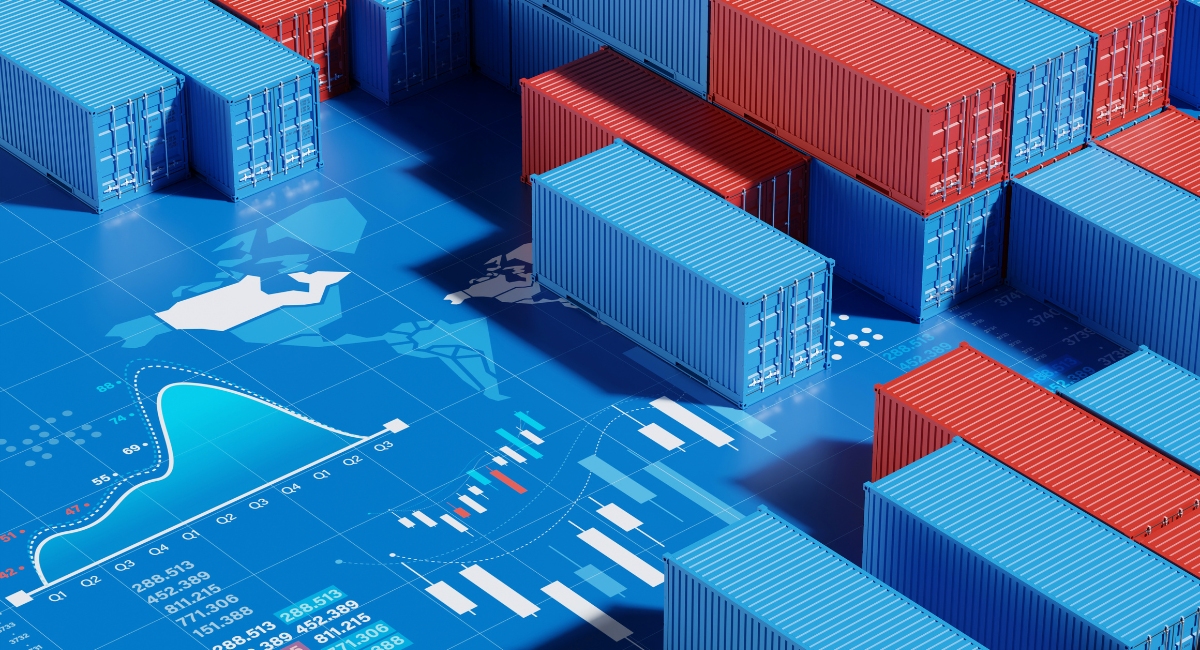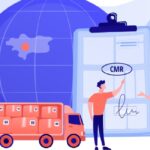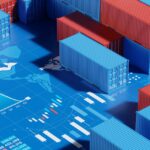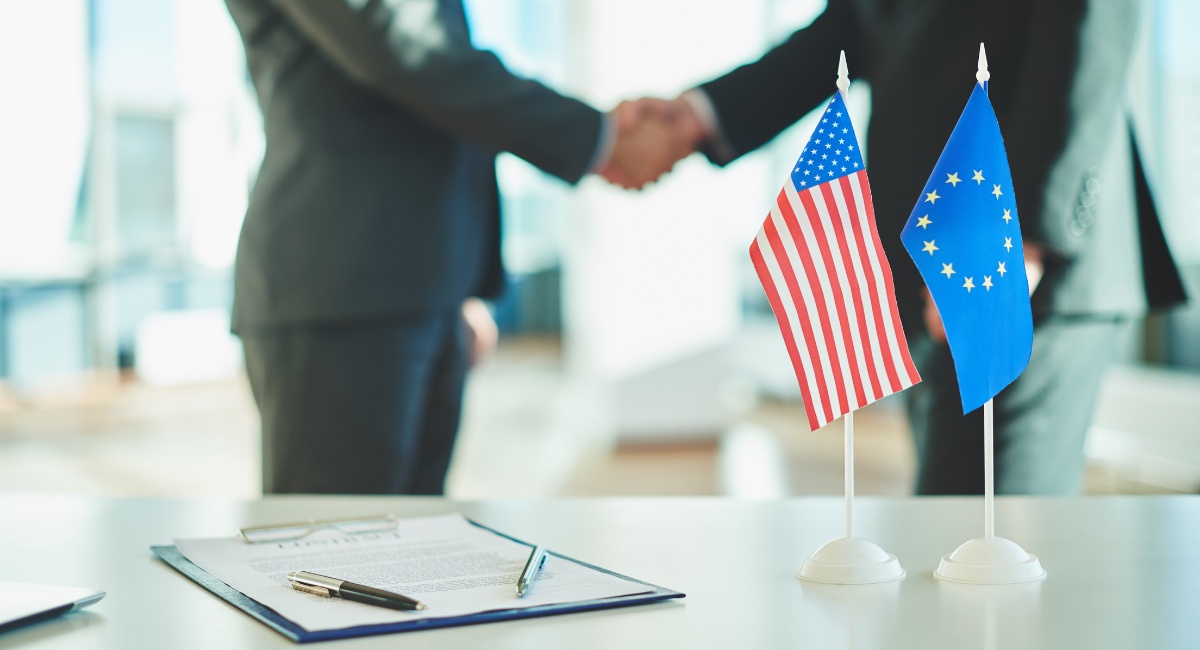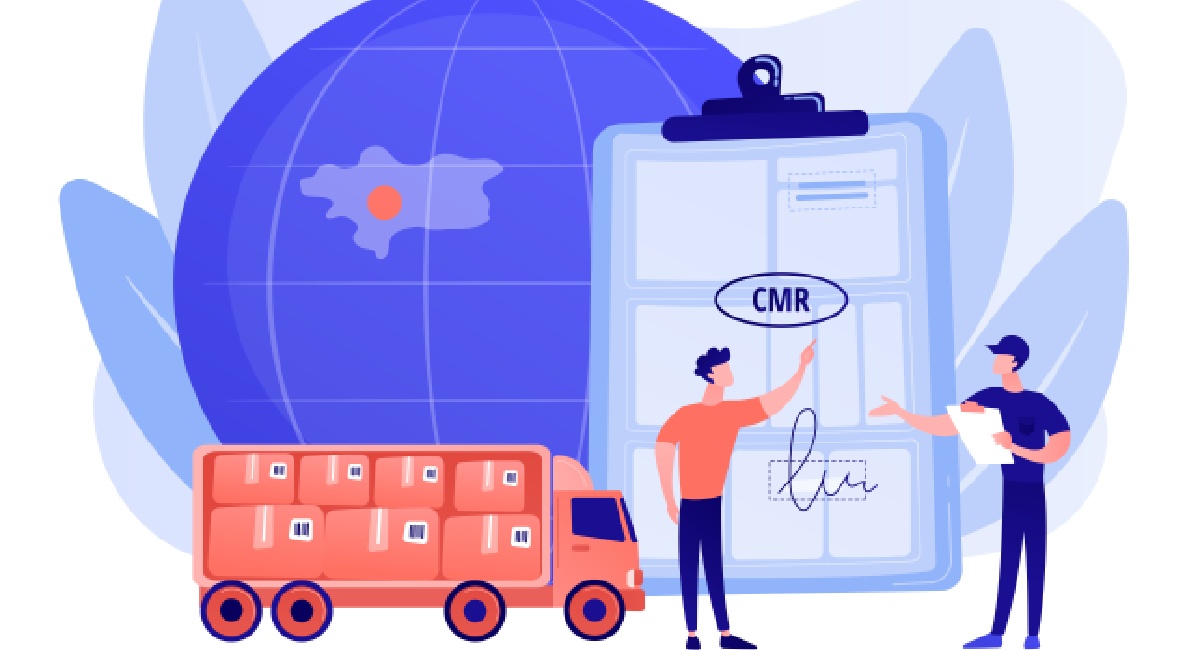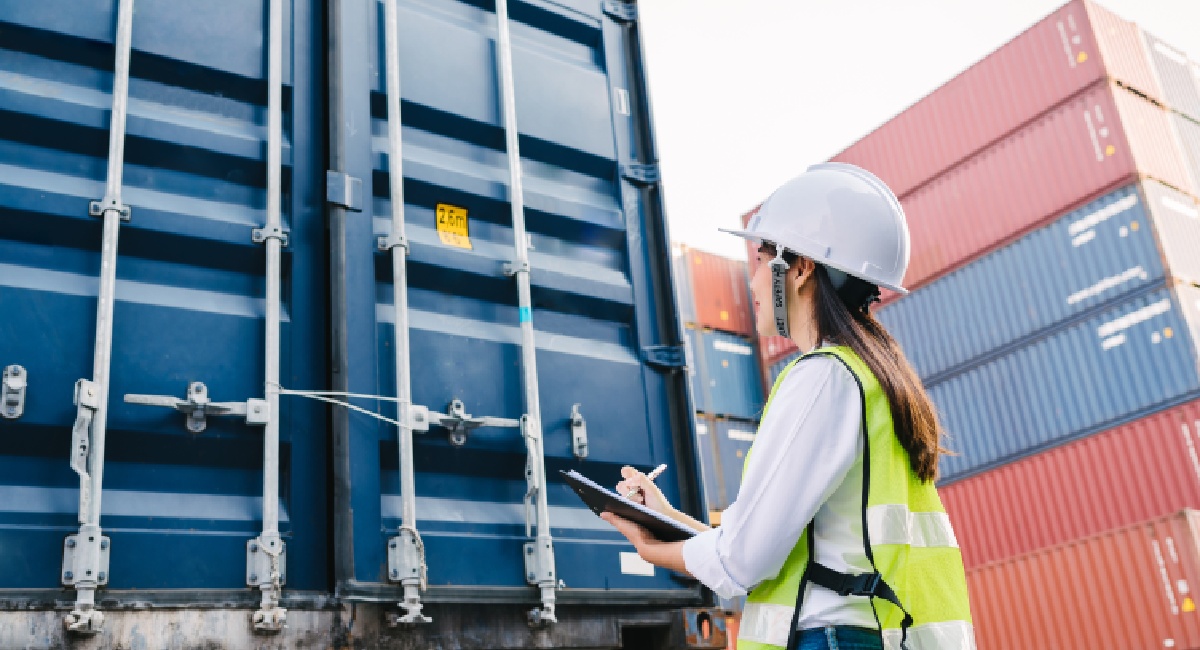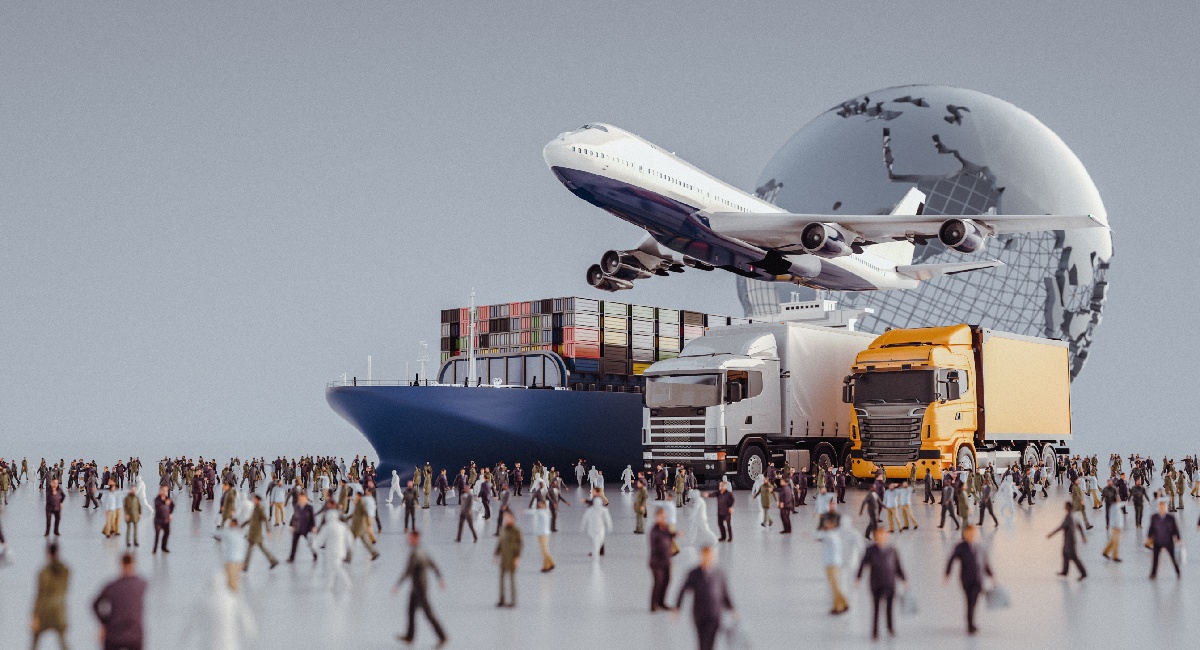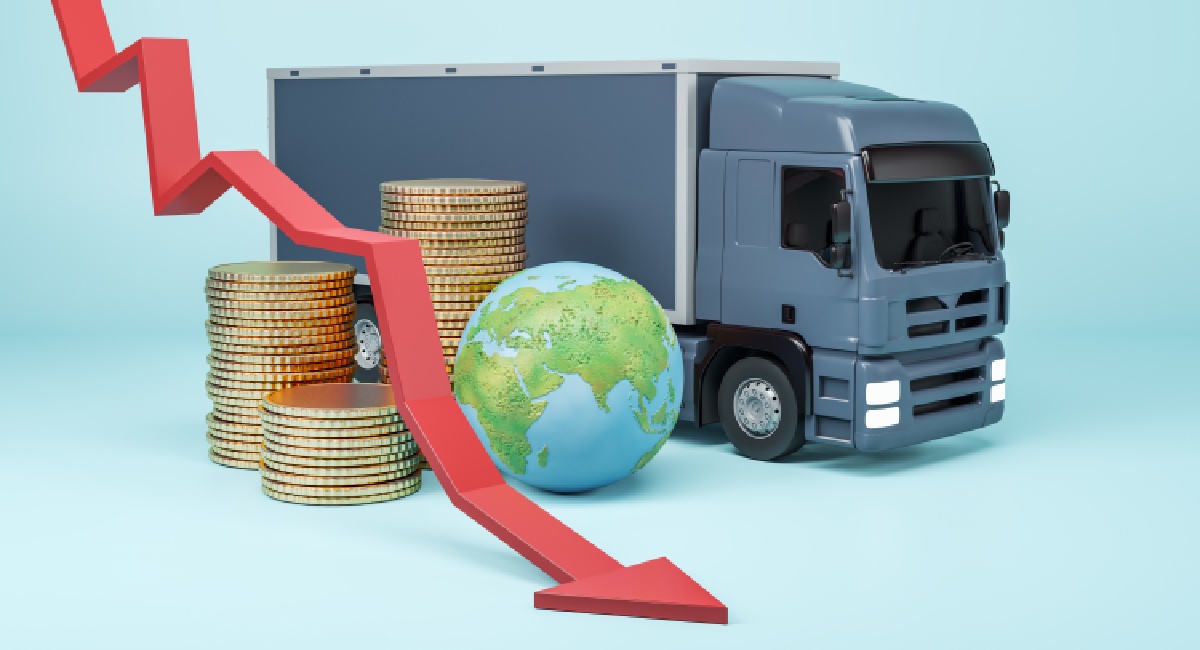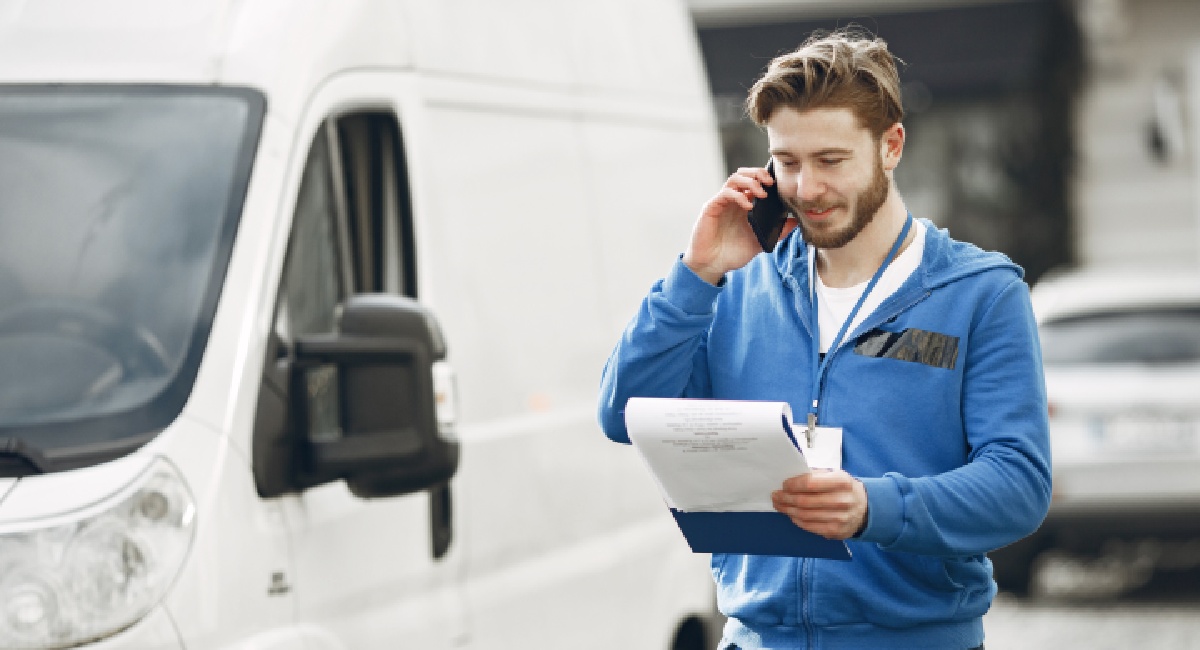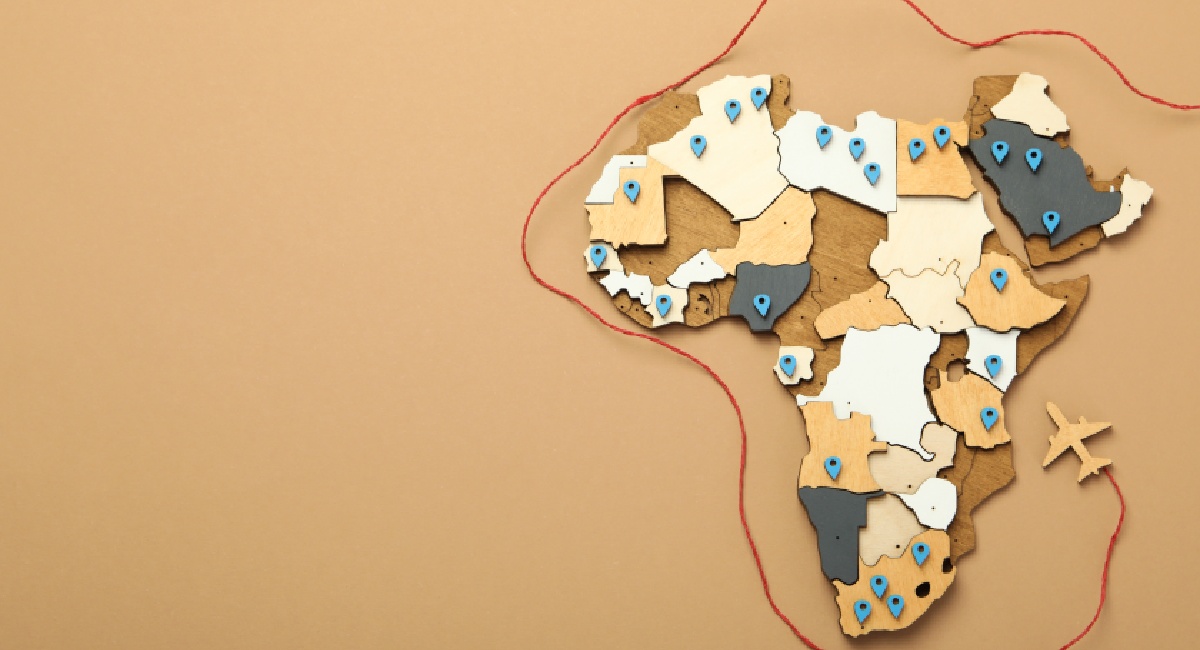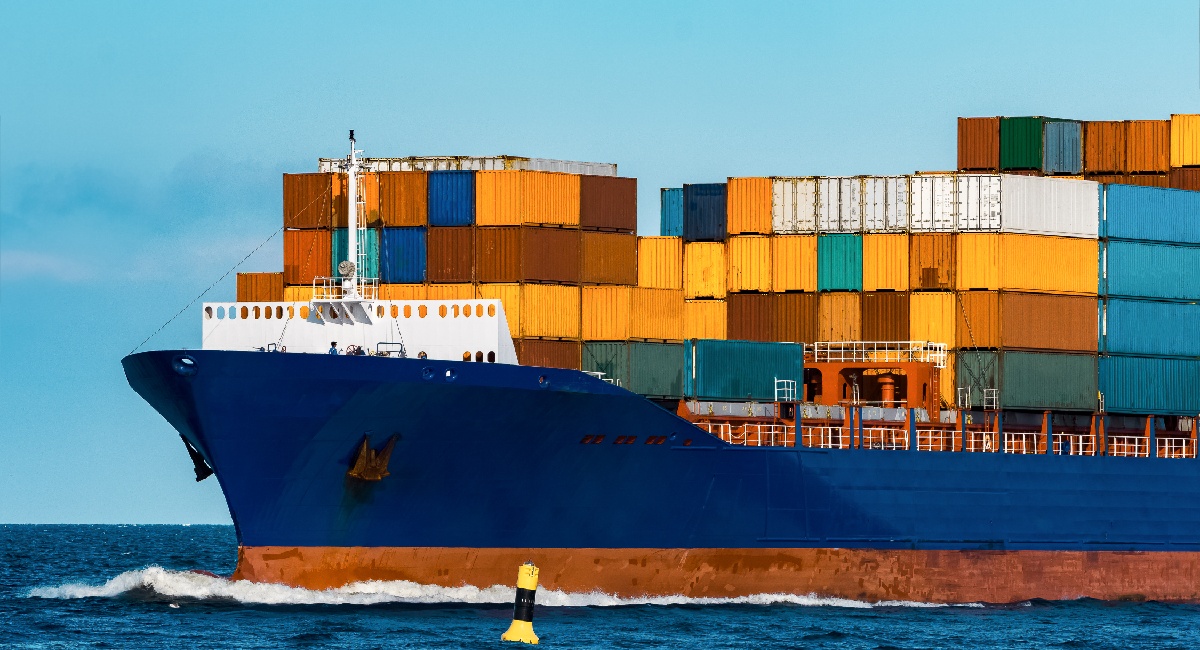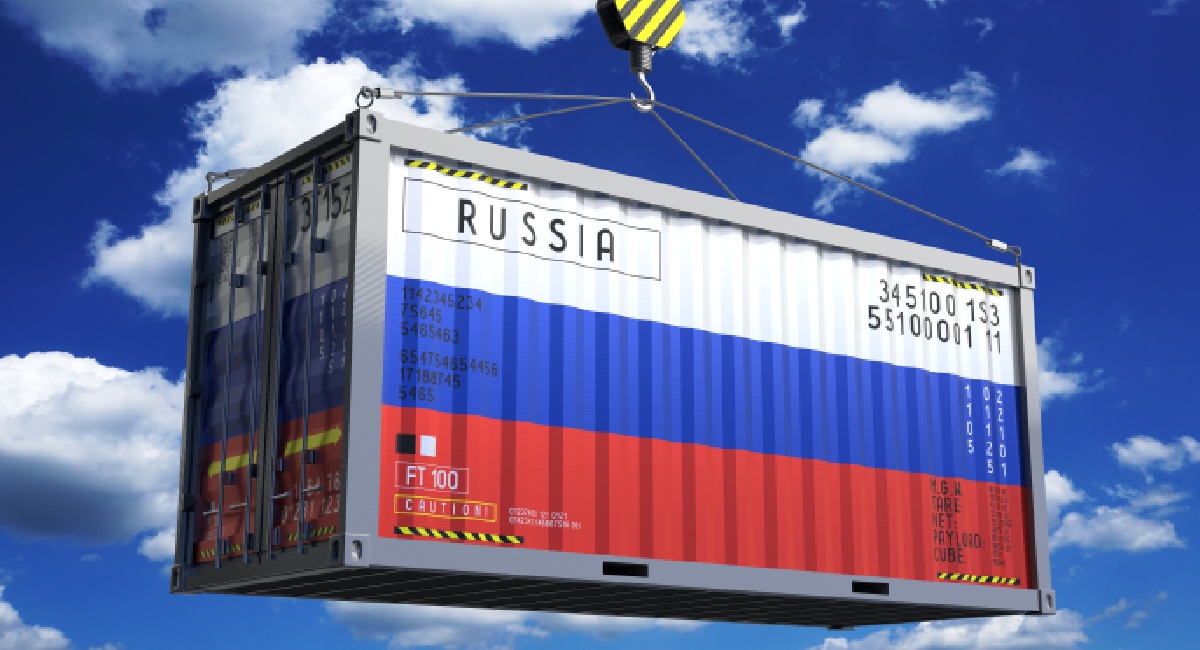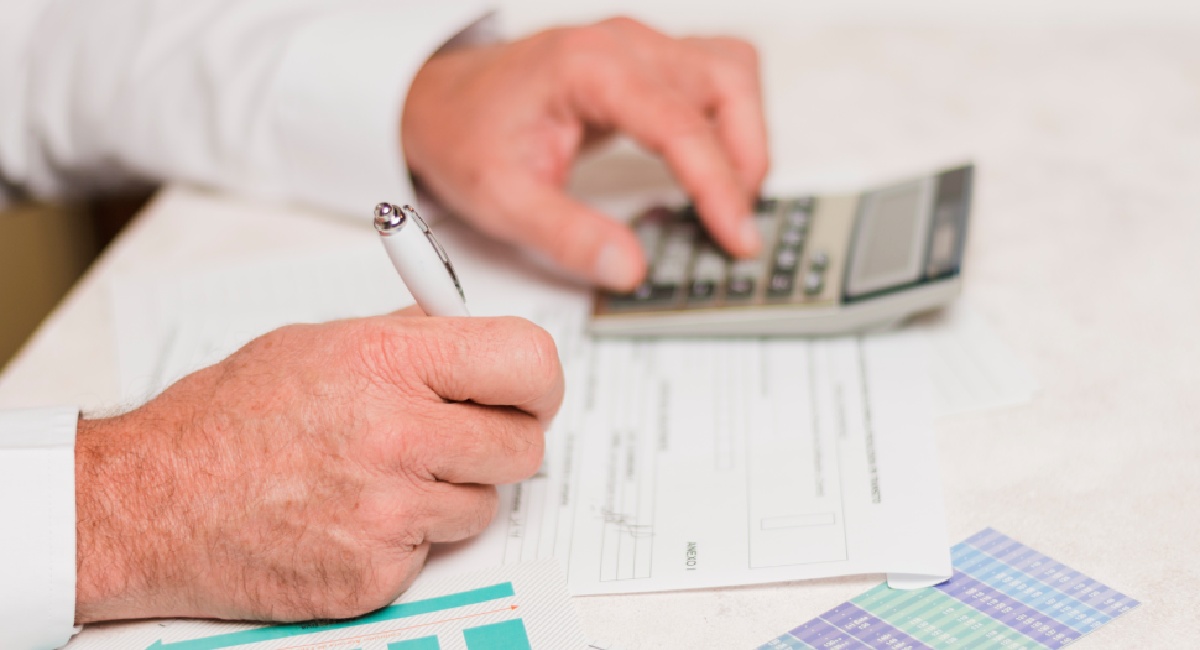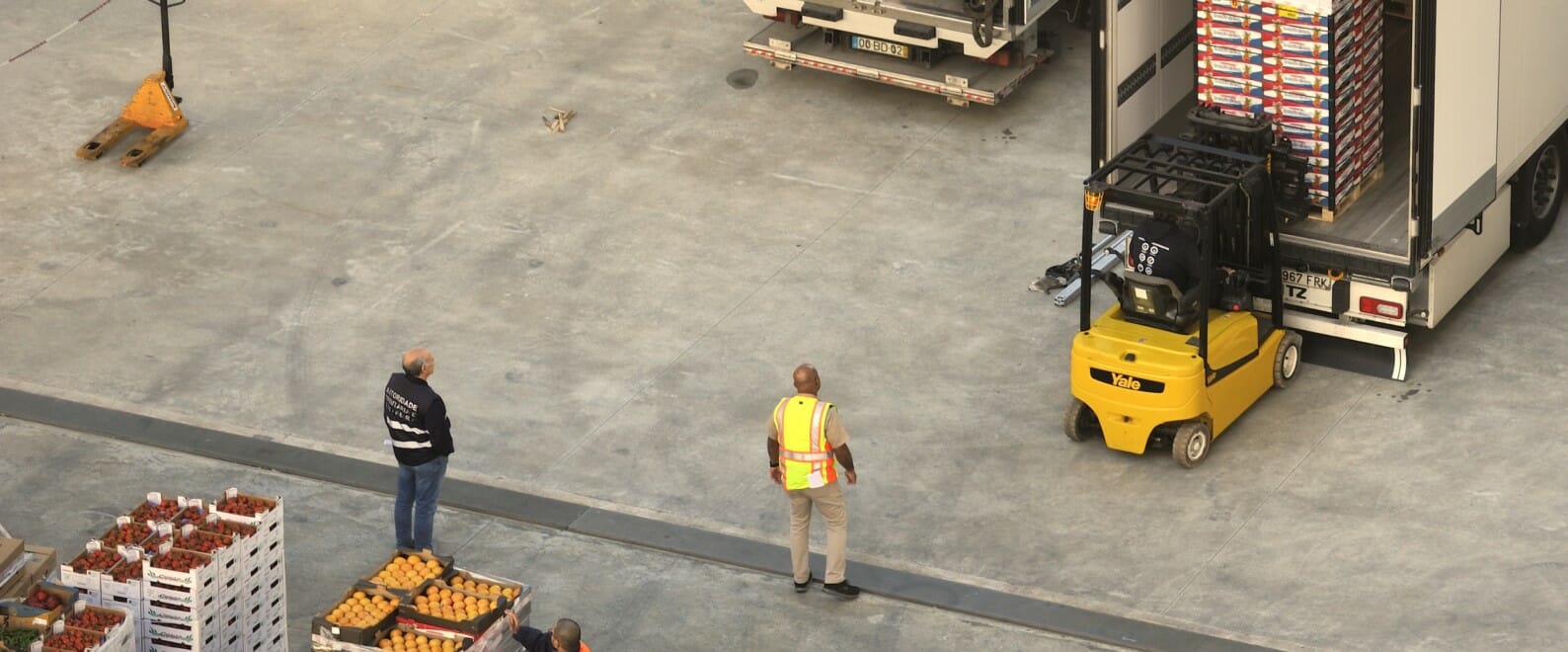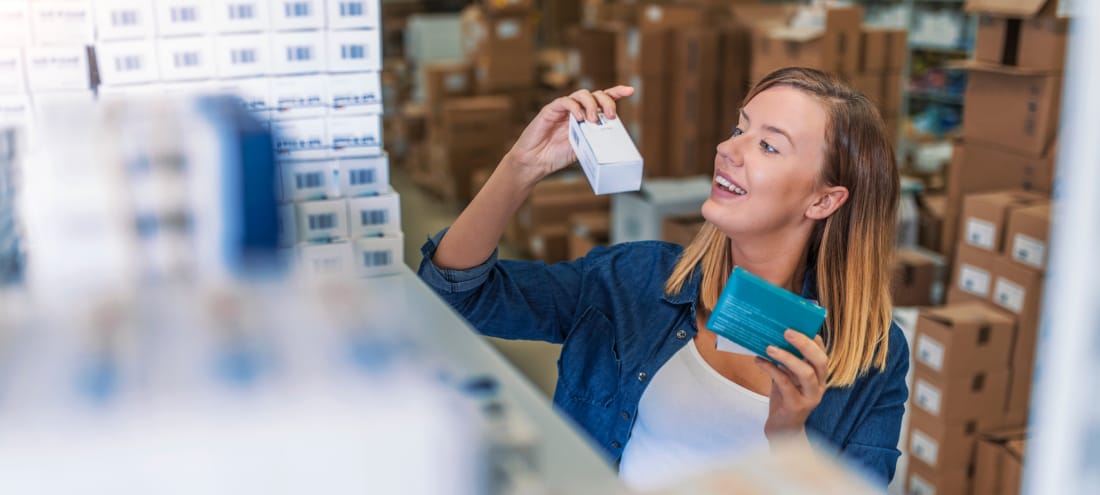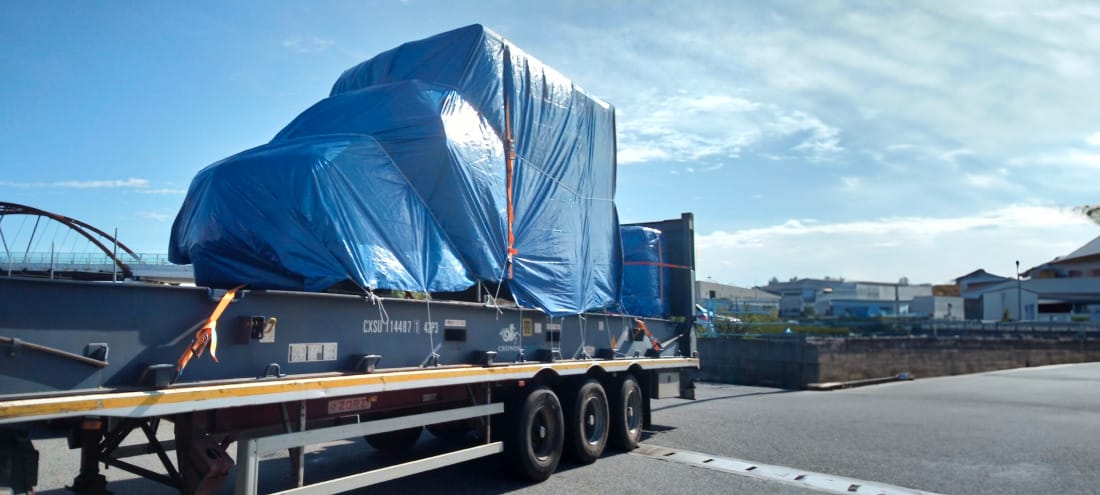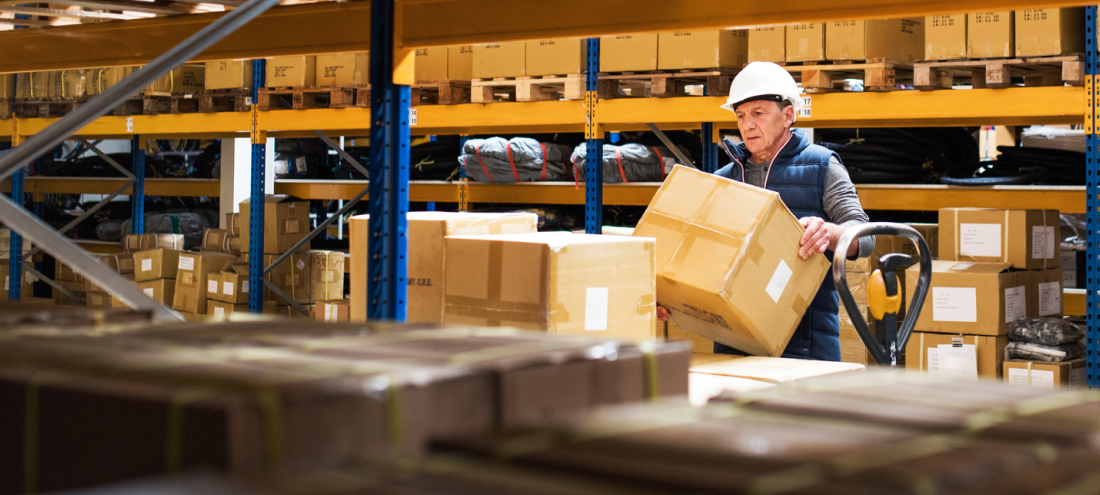Incoterms are standardized rules developed by the International Chamber of Commerce (ICC) that clarify, in a uniform and internationally recognized way, the roles, responsibilities, and risk transfer in the sale of goods. Introduced in 1936, they have been periodically updated to reflect global trade practices. While they are not laws, they are widely recognized and used by companies, authorities, and organizations like UNCITRAL as a global reference for interpreting the most commonly used trade terms.
Nevertheless, in the world of international trade, Incoterms acronyms often present a technical and linguistic challenge. For those working in logistics or managing international sales, becoming familiar with these terms is absolutely essential. Among all of them, we will focus in particular on CIF and clarify what it is, starting from the current context and moving on to understand when and why it makes sense to choose this specific term.
Incoterms 2025: any updates?
Those expecting major changes in the 2025 Incoterms may end up disappointed. The latest official edition remains the one published by the International Chamber of Commerce in 2020, which is still fully valid. Historically, revisions occur approximately every ten years, so the next structural update is expected around 2030.
However, the context in which these rules are applied is constantly evolving—and that’s not a detail to overlook.
In recent years, several factors have emerged that deserve attention. Changes in customs duties, national regulatory restrictions, and evolving insurance conditions make a more informed application of Incoterms necessary. For example, some countries legally require that insurance be taken out exclusively with local providers, or they prohibit customs clearance by foreign entities. As a result, even if the official text hasn’t changed, the way these Incoterms are applied is shifting—sometimes significantly.
In other words, it’s not the document that’s evolving, but the environment in which it is used. And for those working in logistics, this can make the difference between a smooth shipment and an unpleasant delay.
How many Incoterms are there in 2025?
This, too, remains quite stable. The Incoterms currently in force are eleven, as laid out in the 2020 version. The most important distinction to keep in mind concerns the mode of transport. Some Incoterms, such as CIF or FOB, are reserved exclusively for sea or inland waterway transport. Others, like DDP or DAP, are designed for any mode of transport, including multimodal shipping—that is, transport involving a combination of road, rail, air, or container freight.
It’s worth noting that in the 2020 version, the Incoterm DAT was replaced by DPU, which stands for “Delivered at Place Unloaded.” This is not a minor change: under DPU, the seller is responsible for arranging not only the transport but also the unloading of the goods.
A quick note: in any commercial contract, it is essential to explicitly state the version of the Incoterm being used. It’s not enough to write, for example, “CIF Rotterdam”—you must also specify “Incoterms® 2020” to avoid misunderstandings, especially in the event of a legal dispute. Overlooking this detail can have far more serious consequences than one might expect.
What is CIF? What is it used for?
CIF, which stands for “Cost, Insurance and Freight,” is a term designed for maritime shipments. It does not apply to land, air, or multimodal transport. The logic behind it is fairly simple: the seller is responsible for arranging and paying for transport to the port of destination, and for taking out insurance on the goods. However—and this is where the most common misunderstanding lies—the risk associated with the goods does not remain with the seller until they arrive at the final port. On the contrary, risk transfers to the buyer at the exact moment the goods are loaded onto the ship at the port of departure.
This means that even if the seller pays for transport and insurance, any damage or loss occurring after the goods are loaded onto the ship is still the buyer’s responsibility. The insurance, in fact, provides only minimum coverage—it’s meant to limit losses, not eliminate them entirely.
CIF can therefore be a useful option in several cases. For instance, when the seller has a strong negotiating position with shipping carriers and can secure better rates. Or when the buyer, even though they accept the transfer of risk, prefers not to deal with logistics up to the port of arrival. In some markets, this term is almost a standard—especially in the trade of raw materials or non-perishable goods.
The difference between CIF, DAP and DDP
At first glance, CIF, DAP, and DDP may seem like similar terms: after all, in all three cases, the seller handles part or all of the shipment. But on closer inspection, the differences are significant.
With CIF, as we’ve seen, the seller’s obligation ends at the port of destination, and the risk transfers to the buyer as soon as the goods are loaded onto the vessel. Under DAP, the seller must deliver the goods to the agreed location, ready for unloading. They are not responsible for unloading, but they must get the goods to the buyer’s “doorstep,” so to speak.
DDP goes even further. The seller not only handles transport to the final destination but also takes care of all customs formalities and costs. They pay duties, VAT, and manage clearance. For the buyer, this is the most convenient arrangement possible—they receive the goods “turnkey,” without needing to handle anything.
However, this also makes DDP the most burdensome term for the seller, and not always feasible. In some countries, for example, foreign entities are not legally allowed to perform customs clearance. In such cases, using DDP could create significant legal complications.
CIF, therefore, occupies a middle ground: the seller does a lot, but not everything, and the buyer still needs to be ready to manage the steps following the ship’s arrival.
Which Incoterm should you choose in 2025?
The answer is simple: there is no single “best” Incoterm. The right choice depends entirely on the context—type of goods, shipping routes, customs restrictions, insurance coverage, and each party’s operational capabilities. Every term distributes risk, responsibility, and cost differently along the supply chain, and should be viewed as a strategic tool—not just a contractual formula.
You need to ask yourself how much control you want over the operational flow, what level of visibility you need on the shipment, and whether you have the resources to handle local procedures. It’s also essential that the Incoterm aligns with the rest of the contract: payment terms, documentation, insurance requirements, international regulations. Let’s not forget that Incoterms do not define transfer of ownership, nor do they cover all tax or customs aspects. They must be chosen carefully, and supported by a coherent contractual structure.
Looking ahead, topics like shipment digitalization, regulatory compliance, and sustainability will push more and more companies to opt for Incoterms that allow greater control, but also smoother management. So, if you want to determine the most suitable delivery term for your needs, get in touch with CTI: we can support you in making the most effective choice for any market, product, or logistical condition.




